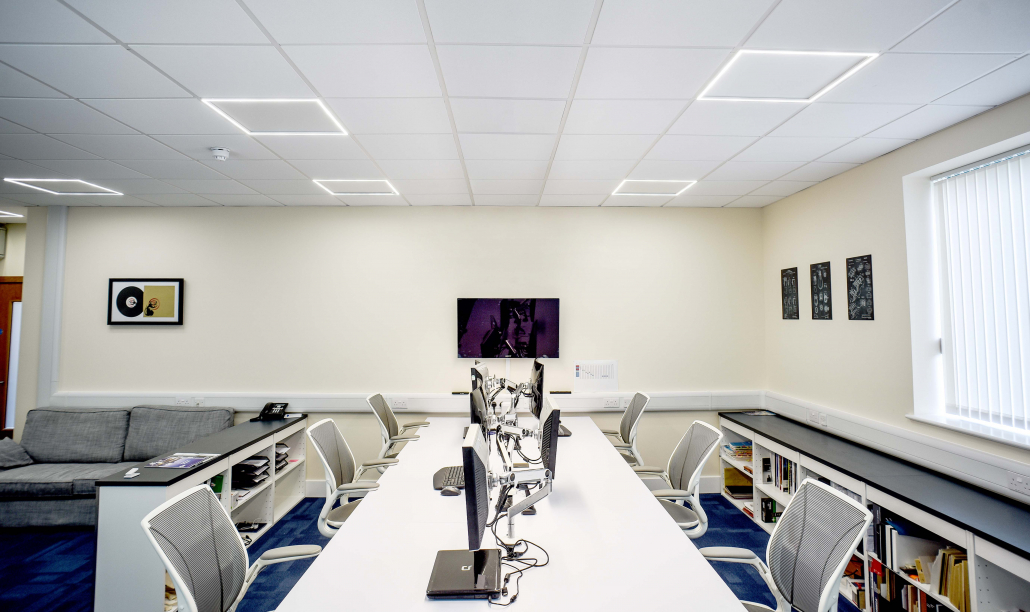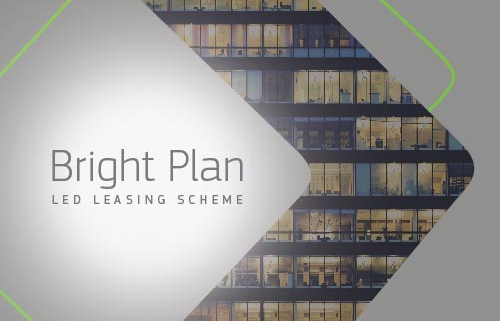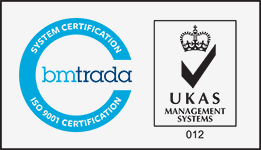Go Green Without The Risk – How to Fund your LED Lighting through Energy Savings
Energy savings and reduced carbon footprint are compelling reasons for businesses to transition to LED lighting. But an uncertain economic climate often leads risk-averse companies to kick that can down the road. Luckily, there is no need to delay reaping the rewards. Any financial threat can be mitigated by low-risk finance plans that are, in effect, self-funding.
In an uncertain economic climate, businesses are understandably cautious. For many firms, pulling up the drawbridge is the most obvious strategy. Defensive measures include cost-saving programmes and delays to capital investment, with particular management pressure on up-front costs. Furthermore, companies are concerned that legal frameworks for funding may change under new regulatory and financial frameworks. Nevertheless, there remains a compelling case for investing in LED lighting.

Why invest in LEDs?
Whether enforced by regulations or not, LEDs provide better working environments than traditional lamps. In the absence of flicker or glare, LED-lit workplaces are healthier, safer and more productive. Retrofit options give buildings a better quality of light without disruption and all fittings are easily upgradable, enabling them to be added to new or existing building automation systems. The result is a rapid boost to efficiency and cost-of-ownership.
It is not only the working environment that benefits – finances are healthier, too. The energy-savings and carbon footprint are obvious advantages. For example, a typical 50W halogen replacement LED will use 7W of electricity for the same light output, saving 86% in direct running costs. Of course, the business gains a corresponding reduction in its carbon footprint – a significant benefit regardless of any additional government incentives. In addition to meeting carbon reduction targets and saving costs, businesses can enjoy the positive PR of reducing their carbon output, all the while doing their bit for the environment.
Cost savings extend well beyond the improvement in power consumption. A substantial contribution comes from lower maintenance requirement. For example, LED lamps and luminaires rated at 50,000 hours last three times longer than typical fluorescent lights, giving site operators further savings in maintenance overheads. Although the initial cost is higher, the longevity of LED lighting more than compensates. Correct calculation of lifetime cost also takes into account the savings in maintenance. The cost of removing spent lamps, disposing of the old units and fitting replacements can be huge – especially for warehouses and industrial buildings that have high ceilings or similar problems with access. Where quality LED lighting manufacturers offer guarantees of five years, maintenance costs can be eliminated altogether.

Barriers to investment
Despite the advantages over traditional lighting, one of the main reasons why many organisations have still not converted from incandescent, halogen or compact fluorescent lamps is the high initial cost of installing LED lighting. That can be a substantial concern in uncertain times. Up-front investment is not a welcome option. External economic constraints may affect interest rates and in turn a company’s ability – and willingness – to take on debt.
Fortunately, there IS an alternative – leasing LED lighting through monthly energy savings.
Unlike conventional bank lending, either unsecured or tied into some form of collateral, leased assets are a form of collateral by themselves. Both parties – lessor and lessee – are exposed to significantly lower risk, so leasing decisions can quickly respond to immediate commercial requirements.
A shining example of LED funding
Leasing enables businesses to fund lighting replacement programmes from their operating budgets. Leasing schemes such as Goodlight’s Bright Plan allow the replacement LED lighting to be paid-for directly from energy savings. With no upfront cost, leasing schemes have zero impact on the cash reserves of the business. Companies can fund their new LED lighting completely out of their reduced energy costs, with extra left for the business every month. Rates are fixed for two to five years, depending on the length of the agreement, which removes the uncertainty and makes budgeting easier. Moreover, rates can be significantly below typical bank lending.
Take the example of a typical five-year lease illustration from Bright Plan. A site survey recommends the installation of 100 five-foot LED replacements for fluorescent tubes. Total equipment value is £4,500.00 and this is funded by a weekly payment of £21.76, with a first payment of £94.28 followed by 59 monthly payments of £94.28. Total cost is £5,656.80. The company claims tax relief at 21% on the lease payments, totalling – £1,187.93, so the net cost of finance is £4,468.87.
Leasing is tax-smart too, with fixed monthly costs 100% allowable under UK taxation rules. Fixed rate schemes help companies ride out the economic uncertainties and risk is further lowered because the manufacturer’s guarantee covers the lighting units throughout the term of the lease. When the lease finishes, the customer will own the lights outright and is still able to take advantage of remaining guarantee period. LEDs will continue to save the company money for years after the lease period.
There are further advantages to funding a lighting replacement programme through the manufacturer’s lease offering. With Bright Plan, Goodlight offers businesses a free site survey which provides a detailed breakdown of suitable replacement light fittings, the installed cost and the return on investment from savings on energy and maintenance costs. They also guarantee all LED fittings for 50,000 hours, the equivalent of five years, making each LED lighting installation risk-free.
With benefits and advantages like this, funding your lighting through savings on energy may be the perfect antidote to economic gloom.
Learn more about Bright Plan LED Lighting Leasing Scheme here





